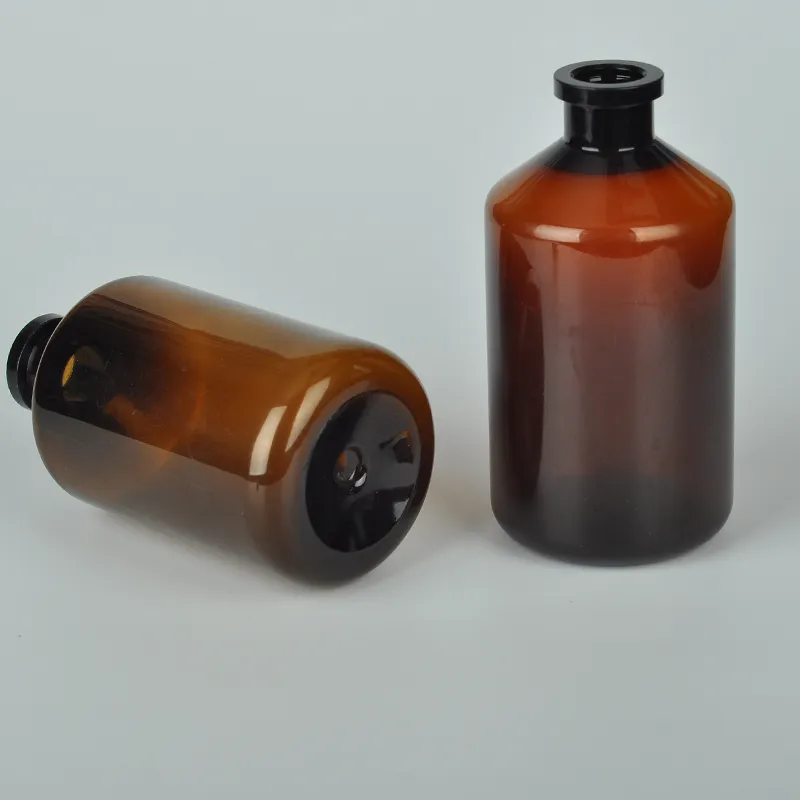Common Uses and Functions of Reagent Bottles in Laboratory Settings
The Uses and Functions of Reagent Bottles
Reagent bottles are essential laboratory apparatus that serve a variety of purposes in scientific research and experimentation. Typically made of glass or high-grade plastic, these bottles are designed to store chemicals, solutions, and other reagents safely and effectively. Their design and versatility make them invaluable tools in chemistry, biology, and other scientific disciplines.
Storage of Chemicals
One of the primary functions of a reagent bottle is the safe storage of chemicals. Various reagents are commonly used in laboratory experiments, and it is crucial to store them correctly to prevent contamination or degradation. Reagent bottles are designed to be airtight and often come with ground glass stoppers or screw caps, which help prevent the entry of air and moisture, prolonging the shelf life of the substances contained within. This is particularly important for hygroscopic substances that absorb moisture from the environment, as well as volatile compounds that can evaporate easily.
Protection from Light
In many cases, chemicals can be sensitive to light, which can lead to degradation or unwanted reactions when exposed for extended periods. To address this issue, reagent bottles are often made from amber or opaque materials that block light exposure. These specially designed bottles provide superior protection for light-sensitive reagents, ensuring that they retain their efficacy and are safe to use during experiments.
Convenience of Use
reagent bottle uses and functions

Reagent bottles are designed with practicality in mind. Their wide mouths make it easy to pour liquids in and out, while their various sizes cater to different volumes of reagents. Standard labeling on the bottles helps scientists quickly identify the contents, reducing the risk of cross-contamination. Furthermore, many reagent bottles are equipped with spouts or dispensers for easy application of the stored chemicals, making them user-friendly and efficient, particularly in high-paced laboratory environments.
Versatility Across Disciplines
The versatility of reagent bottles extends beyond the realm of chemistry. In biological research, reagent bottles are frequently used to store biological samples, media, and reagents such as buffers and dyes, which are essential for various assays and experiments. In addition, they are utilized in pharmaceuticals to store medicinal compounds, ensuring they remain stable and uncontaminated. In environmental science, reagent bottles are employed to collect and analyze water and soil samples, providing crucial data on pollution levels and ecological health.
Compliance with Safety Standards
Safety is of paramount importance in any laboratory setting, and reagent bottles play a significant role in ensuring that dangerous chemicals are handled appropriately. Many reagent bottles are made from materials that comply with strict regulatory standards, designed to withstand chemical reactions, resist breakage, and prevent leakage. This ensures that hazardous substances are contained, minimizing the risk of accidents and the potential for exposure to harmful chemicals.
Conclusion
In conclusion, reagent bottles are indispensable tools in laboratories worldwide. Their main functions of safely storing, protecting, and dispensing chemicals make them critical for a wide array of scientific applications. From ensuring the stability of sensitive reagents to providing convenience and safety in handling potentially hazardous materials, these bottles are integral to both research and practical applications in science. As technology and material science continue to evolve, we can expect further innovations in reagent bottle design, leading to even greater efficiency and safety in laboratories across various fields.
-
Aesthetic Makeup Spray Bottles | Fine Mist Empty RefillableNewsAug.19,2025
-
White Plastic Veterinary Vaccine Vials | Lab Liquid BottlesNewsAug.18,2025
-
Plastic Medicine Liquid Bottle: Secure Flip Top Drug VialsNewsAug.17,2025
-
Durable 250ml Blue Plastic Vaccine Vial for Lab & Vet UseNewsAug.16,2025
-
Sterile Virus Sample Tubes: Secure & Reliable Specimen CollectionNewsAug.15,2025
-
White 250ml Plastic Vaccine Vial for Lab & Vet MedicineNewsAug.14,2025
























